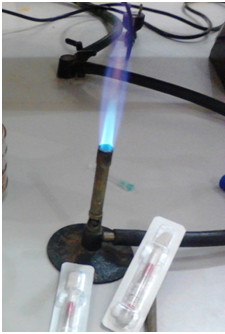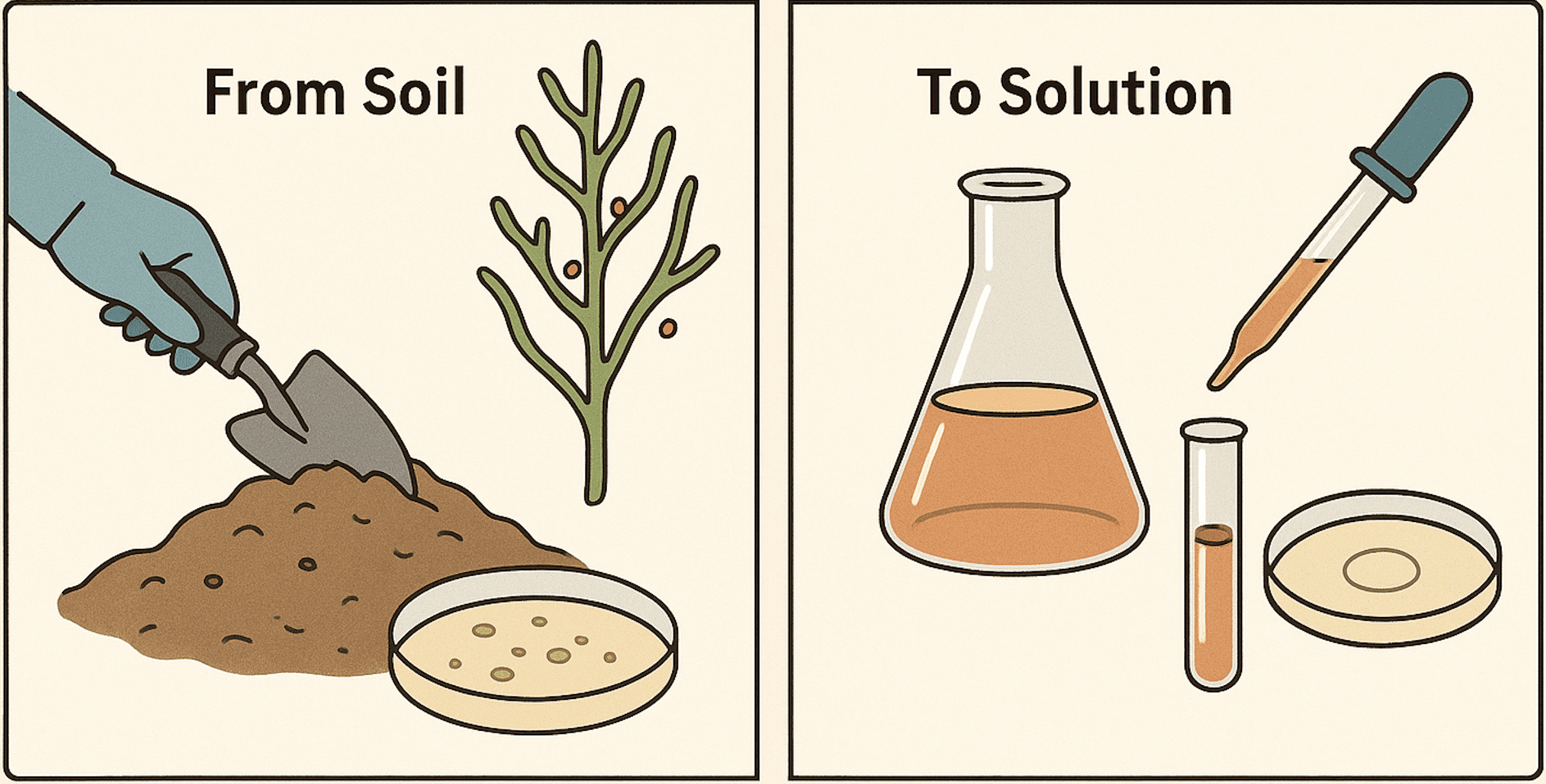Bunsen burner is practically a tube or hosepipe that is connected directly to a steady supply of flammable gas contained in a gas cylinder. It is primarily used to achieve aseptic technique in the microbiology laboratory. Usually, a blue flame from the Bunsen burner is used to sterilize the mouth of glass wares, needles, inoculating loop and other heat-stable instruments by passing the material to be heat-sterilized through the flame.
MAINTENANCE/CARE OF THE BUNSEN BURNER
- Do not leave the Bunsen burner on when not in use because open flame is a safety hazard.
- Turn off the burner when it is not in use.
- Inflammable materials should not be passed through the flame.
- Adjust the air vents at the bottom of the Bunsen burner in order to obtain a bright blue cone of flame (Figure 1) for sterilization.
- Always ensure that your laboratory coat or gown is not loose but body-tight before using the Bunsen burner flame. Loose laboratory gowns can easily catch fire when they come in contact with the flame from the burner.

REFERENCES
Cheesbrough, M (2006). District Laboratory Practice in Tropical countries Part I Cambridge
Chung K.T, Stevens Jr., S.E and Ferris D.H (1995). A chronology of events and pioneers of microbiology. SIM News, 45(1):3–13.
Dictionary of Microbiology and Molecular Biology, 3rd Edition. Paul Singleton and Diana Sainsbury. 2006, John Wiley & Sons Ltd. Canada.
Goldman E and Green L.H (2008). Practical Handbook of Microbiology, Second Edition. CRC Press, Taylor and Francis Group, USA.
Madigan M.T., Martinko J.M., Dunlap P.V and Clark D.P (2009). Brock Biology of microorganisms. 12th edition. Pearson Benjamin Cummings Publishers. USA.
Nester E.W, Anderson D.G, Roberts C.E and Nester M.T (2009). Microbiology: A Human Perspective. Sixth edition. McGraw-Hill Companies, Inc, New York, USA.
Prescott L.M., Harley J.P and Klein D.A (2005). Microbiology. 6th ed. McGraw Hill Publishers, USA. Willey J.M, Sherwood L.M and Woolverton C.J (2008). Harley and Klein’s Microbiology. 7th ed. McGraw-Hill Higher Education, USA.
Discover more from Microbiology Class
Subscribe to get the latest posts sent to your email.




